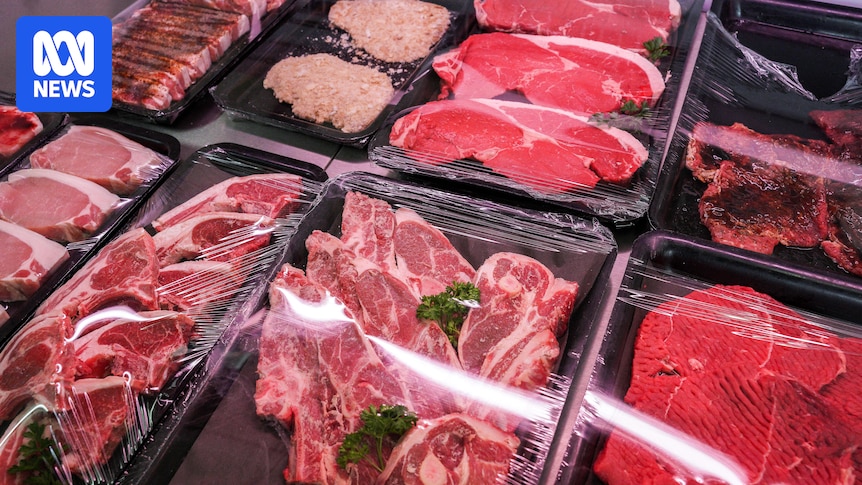
In a significant policy shift, Australia has decided to lift long-standing import restrictions on US beef, a move that has sparked widespread debate across the nation. This decision, announced earlier this week, ends measures that have been in place since 2003, when Australia banned US beef imports due to concerns over bovine spongiform encephalopathy (BSE), commonly known as mad cow disease.
The ban was partially lifted in 2019, yet restrictions persisted on beef sourced from Canada or Mexico and processed in the US, amid fears of disease transmission. James Jackson, a veterinarian and former president of the NSW Farmers Association, explained that biosecurity concerns were the primary reason for the restrictions. “We don’t want foot and mouth disease in this country, and we certainly don’t want our consumers to risk Creutzfeldt-Jakob disease,” he stated.
What Has Changed?
The federal government attributes the recent decision to a comprehensive biosecurity review conducted over the past decade. According to Agriculture Minister Julie Collins, the review concluded that the US has implemented more stringent movement controls to manage biosecurity risks effectively. “The Department of Agriculture, Fisheries and Forestry is satisfied with the strengthened control measures put in place by the US,” Collins affirmed, emphasizing that the Albanese Labor government remains committed to biosecurity.
However, the timing of the announcement has raised eyebrows. Nationals leader David Littleproud questioned whether the decision was made to appease former US President Donald Trump, who had previously imposed tariffs on Australia due to these restrictions. Despite these concerns, John McKillop, chair of the Red Meat Advisory Council, expressed confidence that the decision was the result of a thorough assessment, albeit expedited.
Are There Still Biosecurity Risks?
Global AgriTrends analyst Simon Quilty believes that the risk of disease transmission from US beef imports is now significantly reduced. “They have improved their traceability methods within America, and the degree of risk is significantly low,” Quilty noted. McKillop also pointed out that the limited volume of beef likely to be imported from the US would further mitigate any potential risks.
“The most [beef] that was ever brought in, and this was pre-BSE … was 210 tonnes … in contrast to the 395,000 tonnes we exported to the US last year,” McKillop highlighted.
Moreover, with the US currently experiencing near-record beef prices and a historically low beef herd due to drought, it seems unlikely that Australian consumers would opt for the more expensive US product.
Market Implications and Consumer Preferences
Despite the limited quantity of US beef expected to enter the Australian market, there may still be niche opportunities. Jackson suggested that some restaurants might choose to feature American beef on their menus, appealing to consumers seeking a premium dining experience. “Part of a trade deal is that you’re willing to take product from other countries,” Jackson remarked, acknowledging the broader implications for trade relations.
Nevertheless, the question remains whether Australian consumers are ready to embrace US beef. While some may be hesitant, the reality of international trade necessitates openness to foreign products.
Impact on US-Imposed Tariffs
The removal of trade restrictions on US beef addresses a key grievance of the Trump administration, which had levied a 10 percent tariff on Australian imports. Professor Ben Lyons from the University of Southern Queensland’s Rural Economies Centre of Excellence commented on the uncertainty surrounding the impact of this move on tariffs. “Nothing would surprise us at the moment because that’s the new paradigm under the Trump administration — full of surprises,” he said.
Despite these uncertainties, Lyons remains optimistic about the resilience of Australia’s beef export market. “If past performance is the best indicator of the future, we always seem to find a way with our export markets,” he stated, noting that the initial announcement of tariffs had not significantly affected Australian exports.
“I think we should just carry on calmly and do what we do best. I don’t really see this as being a long-term issue for Australian agriculture,” Lyons concluded.
As Australia navigates this new chapter in its trade relationship with the US, the focus will likely remain on maintaining robust biosecurity measures while exploring potential market opportunities. The full impact of this policy shift will unfold in the coming months, as stakeholders across the industry adapt to the changing landscape.







